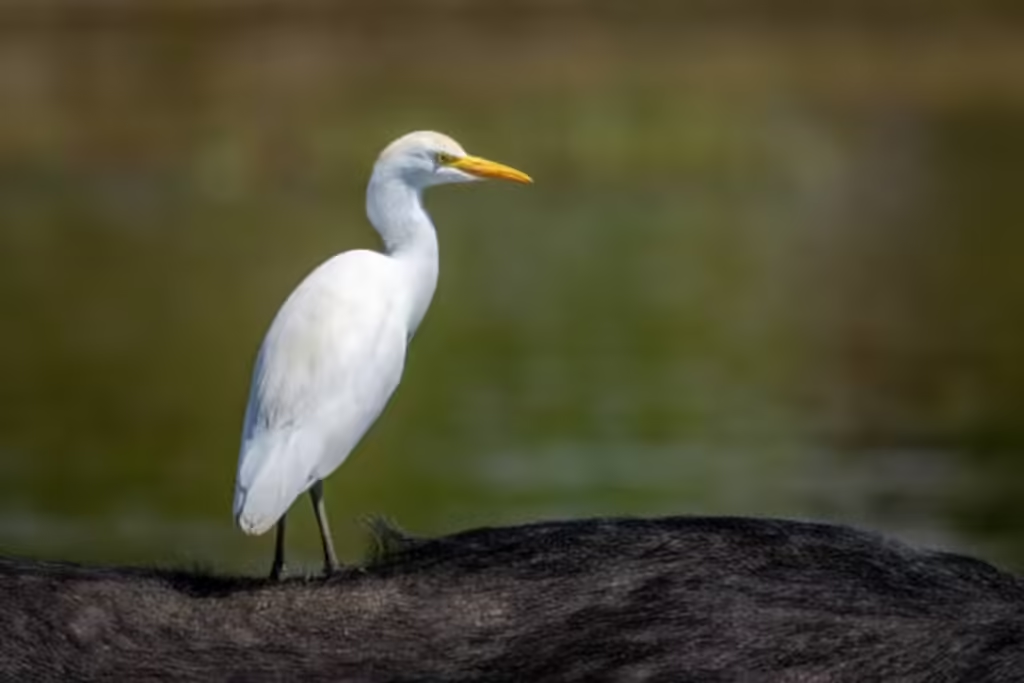
About Bagla Bird
The Bagula bird, commonly known as the Indian Pond Heron or paddy bird, is a familiar sight across India. It belongs to the heron family, known for its graceful stance and sharp hunting skills. The Bagula is widely distributed throughout the country and is often seen in wetlands, marshes, and rice paddies, where it forages for its food.
Appearance
- Size: The Bagula is medium-sized, around 40-50 cm in length, with a wingspan of about 80-90 cm.
- Color: In its non-breeding plumage, it appears dull with brownish-grey body feathers. However, when in flight or during breeding season, its striking white wings are revealed.
- Distinctive Traits: It has sharp, yellow eyes and a strong, pointed beak, making it an excellent hunter.
Behavior and Habitat
- Habitat: The Bagula bird thrives in wetlands, riverbanks, ponds, and agricultural fields. It’s most commonly found near water bodies where it can hunt for small fish, insects, frogs, and crustaceans.
- Hunting Style: Known for its patience, the Bagula stands still for long periods, waiting for prey to approach before striking with precision. Its stealthy nature makes it a successful predator.
- Flight: While it looks slow and relaxed on the ground, it transforms into a graceful bird when it takes off, with fully extended white wings.
Role in Ecosystem
- Pest Control: Bagula birds play an essential role in agriculture by controlling the population of insects and small pests in paddy fields and crops.
- Indicator Species: The presence of Bagula birds in an area often indicates a healthy wetland ecosystem.
Cultural Significance
In Indian folklore, the Bagula is often depicted as a symbol of patience and precision, qualities admired in its hunting skills. Its presence in rural India is seen as a sign of good luck, especially for farmers, as it helps keep the ecosystem balanced.
Conservation Status
The Indian Pond Heron or Bagula is currently classified as Least Concern by the IUCN due to its wide distribution and stable population. However, loss of wetland habitats due to urbanization and pollution poses a long-term threat to its survival. Efforts to preserve wetlands are critical to maintaining the population of Bagula birds in India.